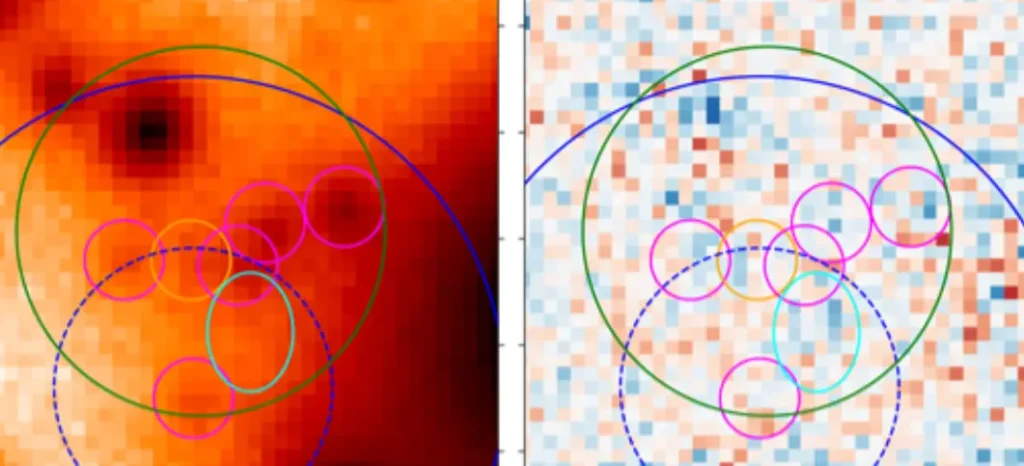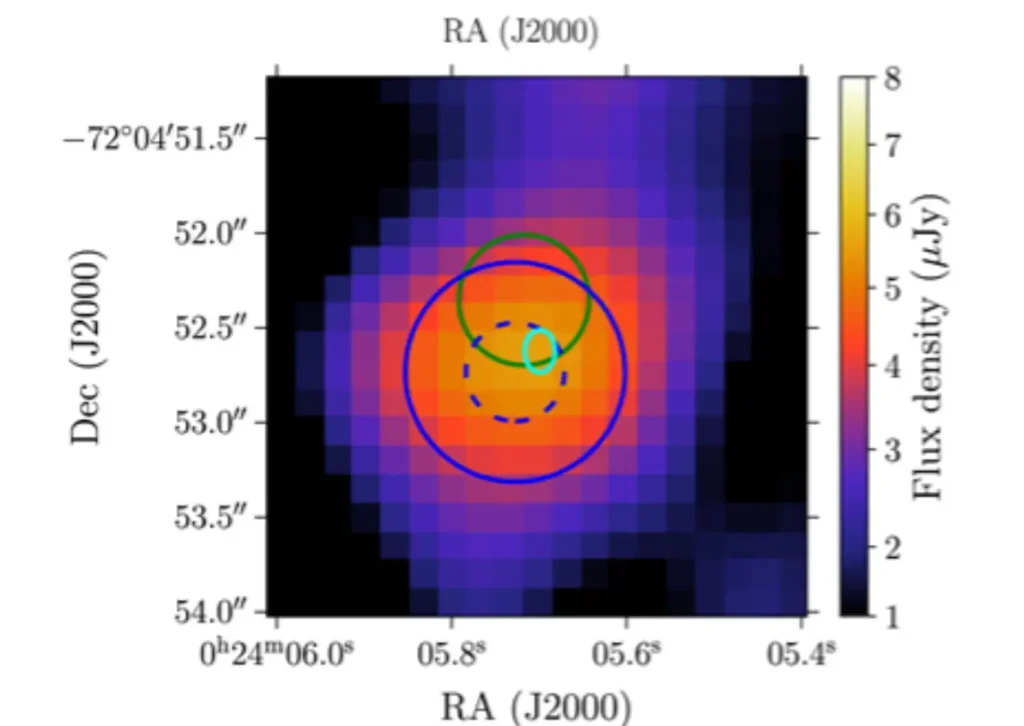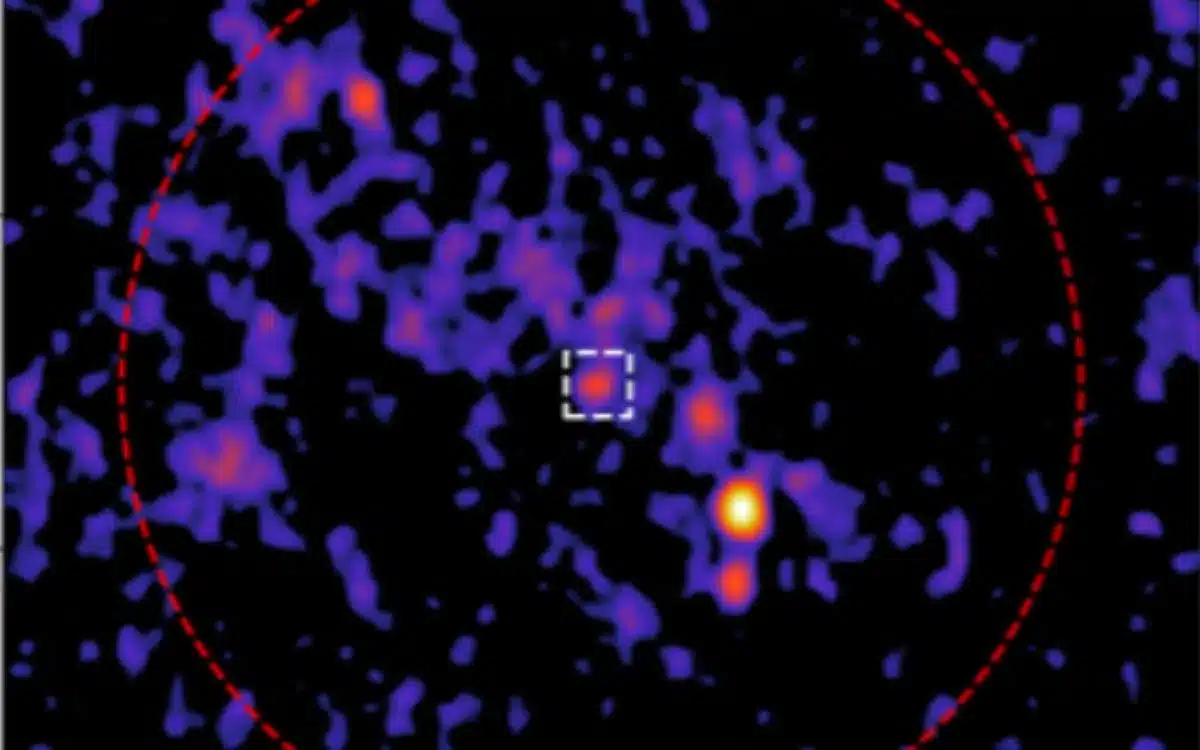Recently, a team of astronomers stumbled upon peculiar radio waves emanating from the heart of an ancient star cluster known as a globular cluster.
It is well known that in the vast expanse of space, mysteries lurk around every corner.
These clusters are like dense gatherings of stars, often containing millions of celestial bodies tightly packed together in a spherical shape.
READ MORE: China’s spacecraft captured unbelievable image from orbit of Mars dust storm
Globular clusters have long fascinated scientists due to their age and density.
Imagine a giant cosmic ball filled with stars, shining brightly against the backdrop of the Milky Way.
These clusters, discovered centuries ago by astronomers hold valuable clues about the universe’s evolution and composition.
Among these stellar conglomerates, the ‘47 Tucanae‘ star cluster stands out as one of the brightest and most massive.
Located approximately 13,000 light-years from Earth, this ancient star cluster has captured the attention of astronomers for centuries.

Despite previous studies, the recent discovery of a faint radio signal within 47 Tucanae’s core has left scientists puzzled.
The signal, detected by the Australia Telescope Compact Array (ATCA), hints at the presence of a hidden cosmic entity.
Two intriguing possibilities have emerged: it is either an intermediate-mass black hole or a rapidly spinning neutron star called a pulsar.
If the former is confirmed, it would mark the first radio detection of such a black hole within a star cluster.
On the other hand, a pulsar nestled at the heart of 47 Tucanae would offer its own scientific discoveries.

These neutron stars, remnants of supernova explosions, emit beams of radiation as they spin rapidly.
The presence of a pulsar near a cluster’s core could provide valuable insights into its structure.
This discovery underscores the allure of space exploration and the never-ending thirst of scientists to uncover the mysteries of space.
Whatever these mysterious radio waves might be, their proper study in the future will bring us closer to understanding our place in the vast expanse of space.















